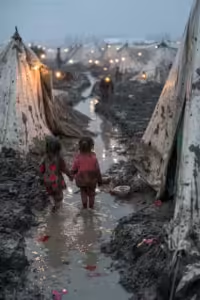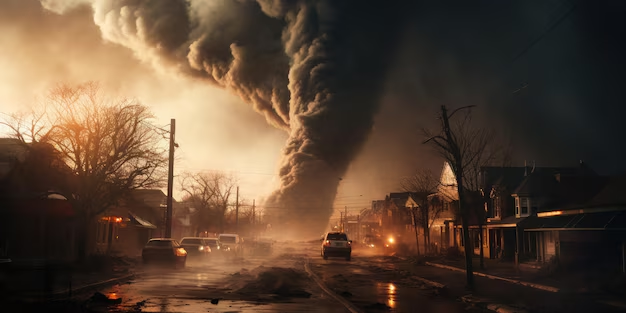Major Natural Disasters in India: Lessons from the Past!
“Notable Indian Natural Disasters” India has faced many deadly natural disasters throughout its history, affecting millions of lives and causing widespread damage. These events have not only tested the resilience of the country but also underscored the need for better preparedness. Understanding these disasters and their impact helps in improving disaster management and minimizing future risks. Here are some of the most significant ones:

-
2004 Indian Ocean Tsunami: “Notable Indian Natural Disasters”
A massive earthquake triggered a tsunami on December 26, 2004, affecting India’s east coast, especially Tamil Nadu. Over 10,000 people lost their lives.
-
1999 Odisha Super Cyclone: “Notable Indian Natural Disasters”
One of the strongest cyclones to hit India, it struck Odisha in October 1999, killing more than 10,000 people and destroying homes and crops.
-
2013 Uttarakhand Floods
Heavy rain and cloudbursts caused severe floods and landslides in Uttarakhand, leading to the deaths of over 5,000 people, with widespread destruction.
-
1934 Bihar-Nepal Earthquake
A powerful earthquake struck on January 15, 1934, causing massive damage in Bihar and Nepal, with over 30,000 deaths.
-
1979 Morvi Dam Failure
The collapse of the Machchu-2 Dam in Gujarat caused a flash flood, killing over 1,500 people and destroying the town of Morvi.
-
1993 Latur Earthquake
A 6.2 magnitude earthquake hit Maharashtra in 1993, killing over 10,000 people, mostly due to the collapse of poorly constructed houses.
-
2018 Kerala Floods
Severe monsoon rains led to one of Kerala’s worst floods in August 2018, displacing millions and causing over 400 deaths.
Conclusion: “Notable Indian Natural Disasters”
These disasters have shaped India’s history and highlighted the importance of disaster preparedness. Learning from the past can help reduce future damage and save lives. Implementing better infrastructure, early warning systems, and community awareness can significantly improve response efforts. By prioritizing disaster resilience, we can protect future generations from similar tragedies.









